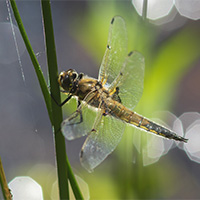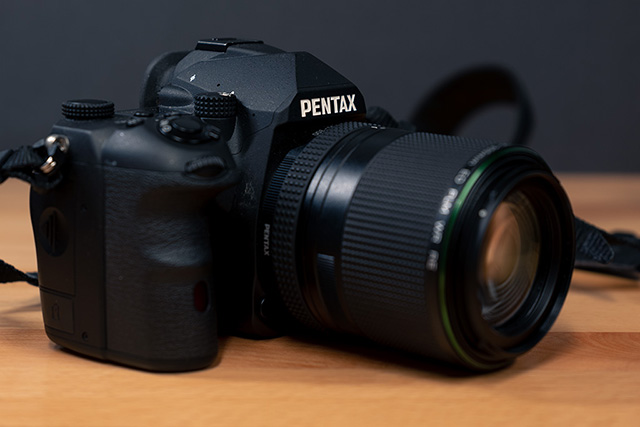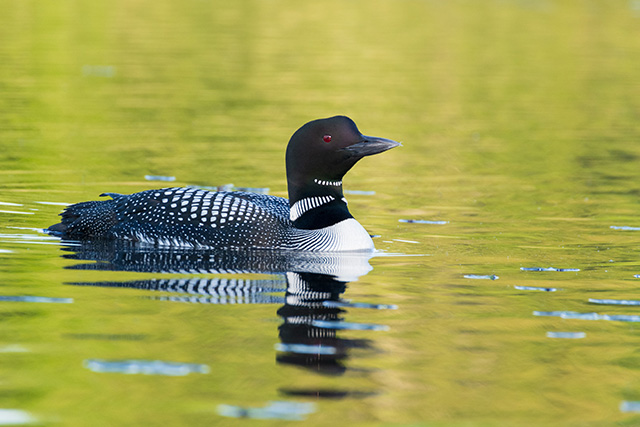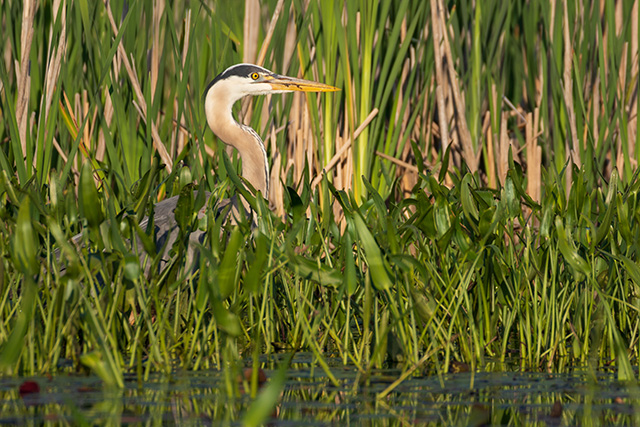Pentax K-3 III Field Test: Many improvements, but is it too little, too late?
posted Tuesday, June 22, 2021 at 10:45 AM EDT
Click to read our Pentax K-3 III Field Test

The Pentax K-3 Mark III has been a long time coming. Its predecessor, the K-3 II, was released in 2015. Six years later, and six years is a very long time in the photography industry, the K-3 III is finally here. The K-3 III is a significantly improved camera compared to the K-3 II, there’s no doubt about that, but a lot has changed in six years. Mirrorless cameras have usurped DSLR cameras. Many people still use DSLRs, myself included, but not many new ones come out, especially not flagship APS-C cameras like the K-3 III. Where does this all leave Pentax’s new camera, the one that people have been waiting years for? I went hands-on with the K-3 III and a trio of Pentax lenses to find out how the new camera performs overall, but especially how it performs in the context of 2021, where mirrorless cameras rule the store shelves and make the biggest waves.

One of the aspects of DSLRs I like most are their form factors. Chunky grips, rugged bodies, and buttons galore. The K-3 III checks nearly all the boxes for me in this regard. The camera is very comfortable to hold and use, and the physical controls are excellent. The touchscreen works well, but I do wish it could tilt. It may be a trade-off to achieve weather sealing, but a fixed display is cumbersome in the field. Back to the good stuff, nearly every button can be customized, and it’s straightforward to set up the K-3 III precisely how you want it. The new and improved optical viewfinder is one of the best I’ve used. There’s still a lot to be said for a high-end shooting experience through an OVF, and Pentax’s new camera delivers.

Unsurprisingly, given how long Pentax has had to work on the K-3 III, it also includes a new image sensor and pipeline. The 25.7-megapixel APS-C sensor is backside illuminated and offers up an impressive ISO range of 100-1,600,000. Yes, that’s right, 1.6 million. Don’t get too excited, though. The image quality at the highest few ISO settings is terrible. The image quality at ISO 100-12,800, however, is not terrible. At all. It’s impressive. The K-3 III delivers impressive image quality, dynamic range, color and tonality in a wide range of scenarios.
The autofocus system is new, too, offering up a huge increase in coverage and autofocus points compared to the K-3 II. The improvements are felt in the field, although with a couple of the lenses I used, achieving accurate AF proved to be somewhat challenging at times. When the system is at its best, the K-3 III is a swift focusing, impressive camera. Shooting speeds are good, too, at 12 frames per second (11fps with continuous AF). However, buffer depths are a bit disappointing, limiting the camera’s usefulness for photographing action.

The K-3 III adds 4K video recording to the mix. It’s not the best camera for video, but it can record good 4K video, provided you’re using a tripod and don’t require subject tracking or continuous autofocus. The FHD video quality is good, too, and performs better in some situations. The K-3 III is a stills camera that records decent video and not a hybrid camera.
Is the K-3 III worth the wait for Pentaxians? Further, is it a good option for photographers who aren’t heavily invested in the Pentax ecosystem? Read my Field Test to find out.

• Pentax K-3 III Field Test • Gallery •
